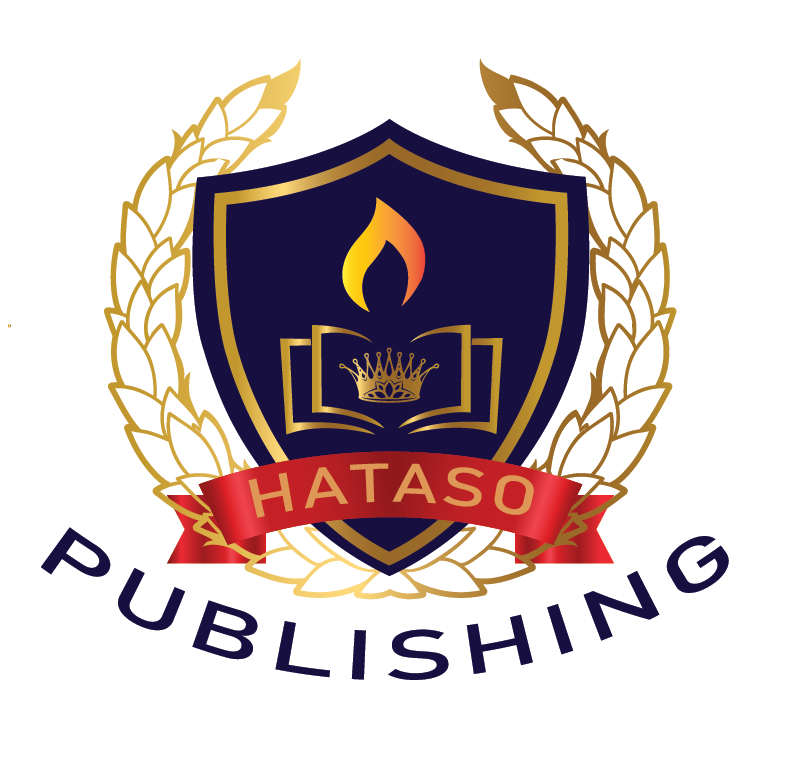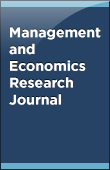


Driven by the Green Revolution, the use of pesticides in Brazil has increased dramatically, transforming the rural complex into an agro-industrial complex, generating large-scale production of monocultures and strengthening agribusiness production chains. Despite the economic benefits, the intense use of pesticides leads to concerns, including a lack of training, technical difficulties and environmental and social vulnerabilities. The study focuses on analyzing the impact of these pesticides on production in the state of Paraná by comparing the census years between 2006 and 2017 and investigates the spatial dynamics of agricultural production using the Moran's I test. The results highlight the influence of neighboring communities on agricultural production values and highlight regional interdependence. The model underlines the importance of sustainable regional planning and highlights spatial lag as a key factor in promoting regional cooperation. Hence, expenditure was positive both in the local effect and for the effect caused in the neighborhoods. Still, the pesticide use variable itself became ambiguous for analyzing production due to its problems.